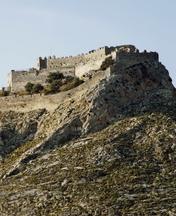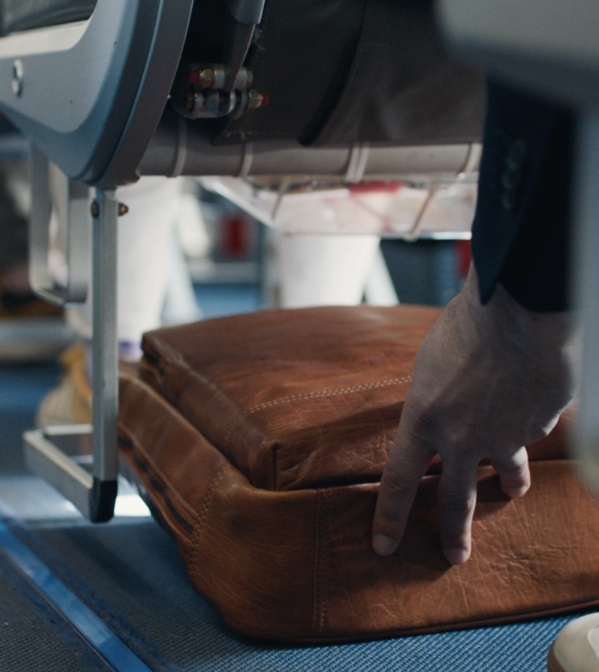The archaeological findings have proved that the history of Leros began in the Neolithic Period. The first inhabitants of the island were the Carians, the Leleges, the Phoenicians and the Minoans. Then the island was conquered by the Dorians. Leros flourished culturally in the 5th century, when various philosophers and scientists brought spiritual development to the island. After the Persian Wars, Leros joined Athens and became a member of the Athenian Alliance. The forces of Alexander the Great passed through it during the period of the Macedonian Empire, as testified by various findings. During the Byzantine period various wonderful churches and Byzantine monuments were built in Leros, which still exist today. Knights Hospitaller from Rhodes occupied the island of Leros in 1314. They exercised their tyrannical power over the inhabitants until 1523, when they were beaten by the Turks, who occupied the entire Aegean. Despite the Ottoman yoke, the island managed to maintain a kind of autonomy. When the Greek Revolution of 1821 began, the inhabitants of Leros were among the first to rise up against their oppressors. Despite the Greek Revolution, the London Protocol gave back the Dodecanese islands to Turkey in 1830. From 1912 to 1943 the Italians occupied and fortified Leros, which they used as a main naval base. They made important defensive works and created a new city in Lakki. The Germans came to Leros right after the Italians. From 12 to 16 November 1943 the Battle of Leros took place. The island of Leros was liberated from the Greek Navy but then the British occupied the island for two years. Leros, along with the rest of the Dodecanese, eventually joined the Greek State in March 1948.












